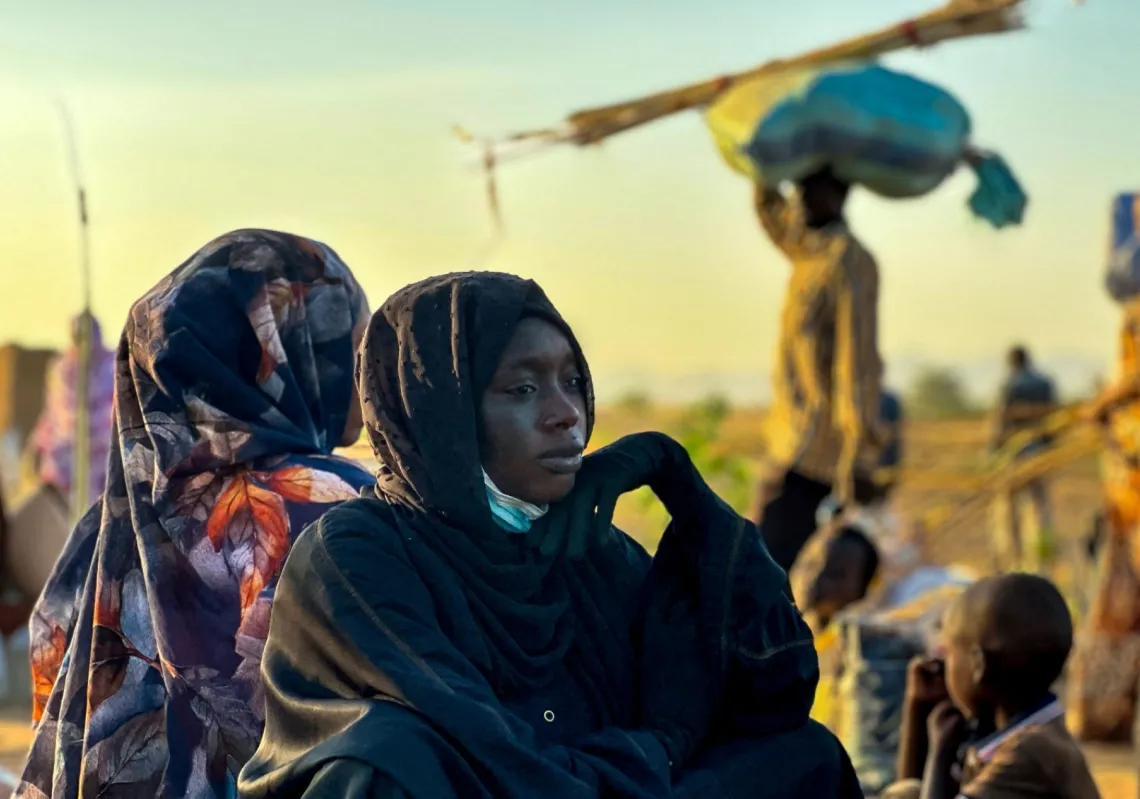By Parag Khanna
In five parts, classifying different regions, he examines the potential of various countries and tells the reader what they essentially need to know. From history to economics, politics and social fabric this book educates about countries in the world that many people may never visit. Europe, Asia, Latin America and the Middle East are all included in the route of the expedition with Khanna as the guide.
Khanna's book is not a typical political book that the reader may find complicated or theoretical and far removed from reality. On the contrary "Second World" is interesting, simple and witty with a plenty of examples from the real world relating to all of Khanna's assumptions. The author confidently talks about empires and imperialism in the 21 century, using such references as ‘imperial overstretch’ and ‘the role of Empires in shaping history’. Furthermore he discussed the importance of geopolitics especially in the face of globalization.
Khanna refers to the three superpowers, The United States, China and the European Union as the great contending Empires of the Second world. He claims that the United States is no longer dominating over the entire world; there are two other empires competing to take the place of the United States while for many reasons America is actually losing its grip over the world.
Each of the superpowers has a different style and different goals. He warns of global conflict as the superpowers compete for control of energy and natural resources in regions like Eastern Europe, Latin America and the Middle East which he refers to as second world countries.
These countries “are frequently both first- and third-world at the same time,” mostly without a middle class but frequently with plenty of wealth and resources; for example Saudi Arabia, Libya, Iran, Kazakhstan and Malaysia. These countries multi-align most of the time with the U.S. offering military protection and aid, Europe offers deep reform and economic association and China offers full-service, condition-free relationships. Each can be appealing; the second-world states like Turkey, find it expedient to maintain relations with all three. Turkey, for instance, will seek ties with Russia and China while seeking partnership in the EU and American-led alliances alike.
At one moment of time it seemed that the United States hegemony won't decline anytime soon and the theories related to "balance of power" and a multi-polar world seemed to be only used in historical reflections. But now it seems that these theories have become very important in today's world “the tripolar world should be thought of as a stool: With two legs it cannot stand long; with three it can be stable.” Says Khanna is his book while suggesting different courses and ways in which the three empires could cooperate in order to avoid history from repeating itself and maybe a third world war taking place.
The book is described as “A panoramic overview which boldly addresses the dilemmas of the world that our next president will confront.”by Dr. Zbigniew Brzezinski, Former National Security Advisor. And Mark Leonard, Executive Director, European Council on Foreign Relations says “Parag Khanna’s fascinating book takes us on an epic journey around the multipolar world, elegantly combining historical analysis, political theory, and eye-witness reports to shed light on the battle for primacy between the world’s new empires.”
In this excellent book the author expertly explores how, in the coming years the world will be shaped according to the kind of relations that the three superpowers will have with each other and with second world countries, and how second world countries will interact with one another.
Parag Khanna is Director of the Global Governance Initiative and Senior Research Fellow in the American Strategy Program at the New America Foundation. His book has been translated into over a dozen languages.








